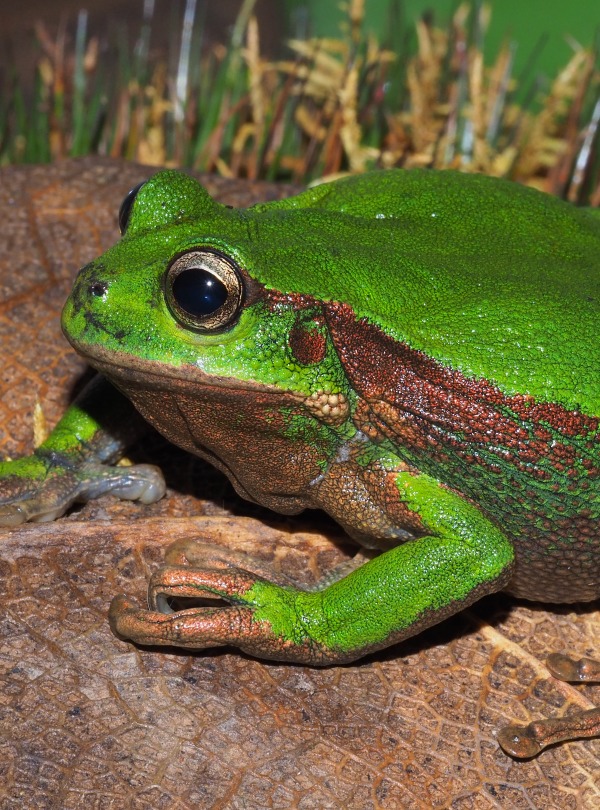
Protect Ecuador's Valley of Orchids
Support more work like this!Support more work like this!Thousands of orchid species are found in Ecuador, with more than 1,000 endemic to the country.
-
Species at Risk
Anomalous Glassfrog (CR), Atelopus palmatus (CR), Monopyle paniculata (CR), Black-and-chestnut Eagle (EN), Mountain Tapir (EN)
-
Carbon stored
391,764 mT*
*(metric tons of CO2 equivalents) -
Partner
Fundación EcoMinga
-
1,885 Proposed Acres Conserved by
Purchase
-
Project Cost: $1,819,024

1,885
Thousands of orchid species are found in Ecuador, with more than 1,000 endemic to the country.
-
Species at Risk
Anomalous Glassfrog (CR), Atelopus palmatus (CR), Monopyle paniculata (CR), Black-and-chestnut Eagle (EN), Mountain Tapir (EN)
-
Carbon stored
391,764 mT*
*(metric tons of CO2 equivalents) -
Partner
Fundación EcoMinga
-
1,885 Proposed Acres Conserved by
Purchase
-
Project Cost: £1,318,133

1,885
Scattered like jewels throughout old-growth tropical rainforest, orchids—each one unique and precious—grow abundantly in Ecuador. Thousands of species are found here, with more than 1,000 endemic to the country. These include one of the rarest endemic orchids, Masdevallia stigii, discovered about twenty years ago in the Rio Anzu watershed and not found elsewhere in the world. In addition, 16 newly described orchids have been found here since 2017.
Rare orchids found in this primary forest are highly vulnerable to extinction. This important ecosystem is in imminent danger, threatened by logging, oil exploration and encroaching development at the southern end of the Llanganates National Park. Roads and electric lines are bringing with them an influx of settlers who will soon develop these fragile forested lands. Even key caves have recently been offered for sale for the first time in the history of this delicate area.
Rainforest Trust and our local partner, Fundación EcoMinga, have identified 1,885 acres of forests with exceptional biodiversity that are in need of immediate protection. Once safeguarded, these lands will be key in creating a broad corridor of protection stretching across the national park and several private reserves.
(Header photo: Phragmipedium pearcei orchid in our Rio Anzu Reserve, by Lou Jost/EcoMinga Foundation)
Explore the Rio Zunac and Rio Anzu

The Masdevallia Stigii orchid, by Lou Jost/EcoMinga

The Atelopus palmatus taken by Mario Yanez/EcoMinga on the Rio Zunac Reserve.

The Black-and-chestnut Eagle, by Luis Recalde
Did you know?
Endemic and Critically Endangered frog species are found here
Save Biodiversity in this Unique Ecosystem
Millions of years ago, this landscape of karst was formed when a narrow strip of limestone and sandstone from an ancient Cretaceous seabed was uplifted by rising mountains to form one of the most extensive cave and sinkhole systems in Ecuador.
This region is fed by many rivers and streams born in the moist, humid rainforests of the Eastern Andes that flow towards the Amazon basin. Two of these rivers, Rio Anzu and Rio Zunac, run through important conservation areas that are the focus of this project. Orchids here thrive in the humidity and have adapted their thin, long leaves to absorb all the moisture they need. Some grow on low tree trunks or branches where they capture heat, light and air. Others grow directly from mossy ground, while some prefer rock formations above the surface where they can bask in equatorial sunlight.
Eight endemic and Critically Endangered frog species have recently been found and described in this area, including Hyalinobatrachium adespinosai and Pristimantis ardyae, which are only found in the proposed expansion area. Also found here is the Critically Endangered Anomalous Glassfrog (Nymphargus anomalus) named for its partial transparency. Six new species of Robber (also known as Rain) frogs in the Pristimantis genus have also recently been found in the project area.
Create a Corridor of Protection for Rare Species
This project builds on our shared work in the region to identify and protect the unique species that dwell in the dramatic rocky canyons dimpled with sinkholes, caves and subterranean aquifers. Many cave organisms, like amphipods, insects and spiders, have yet to be described by scientists. EcoMinga has established several reserves here, including the Rio Zunac with Rainforest Trust support, and the Rio Anzu reserve.
When the proposed acres are added to the hundreds of thousands of acres already protected by private and national reserves in the Anzu-Zunac environment, we will be closer to our goal of an uninterrupted corridor of protection for hundreds of species. Large mammals like the Mountain Tapir (EN) and the Jaguar will be monitored with camera traps by EcoMinga and other scientists. The rare amphibians and plants will continue to be systematically studied, with new species identified and documented. These new reserves will be patrolled regularly for illegal logging activity.
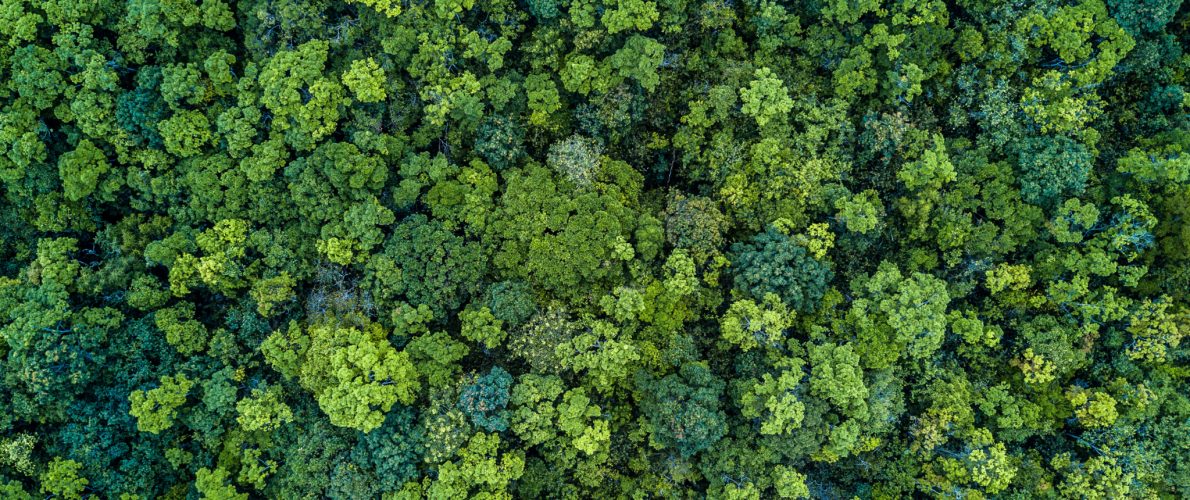
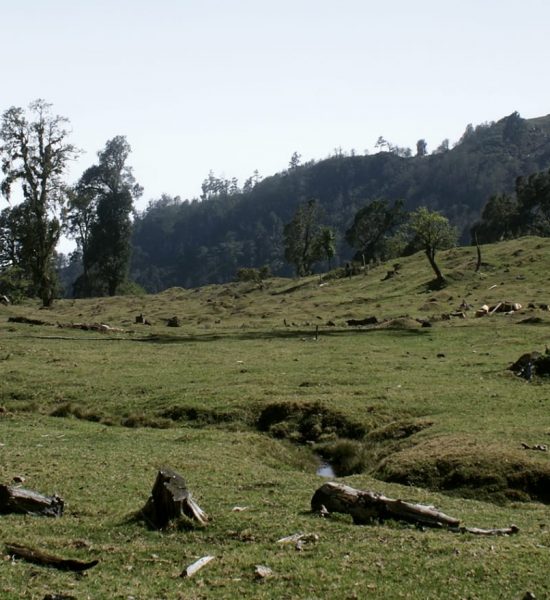

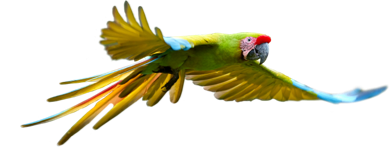
We Value Transparency.
Conservation work is critical, challenging, and can be costly. We work hard to ensure we raise only the funds needed for each project. In the rare case we raise more money than needed or a project comes in under budget, excess monies will be transferred to the Conservation Action Fund. This fund supports our important conservation work throughout the tropics.
Learn more about the Conservation Action FundLearn more about the Conservation Action Fund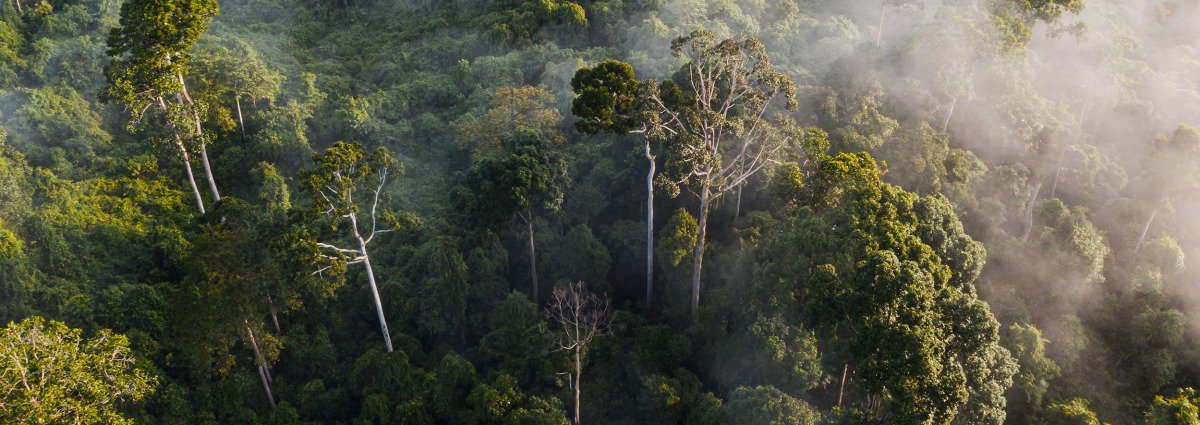
Partnering to Save Rainforest
Our partners’ ability to work with their governments and build strong connections with local communities ensures the successful implementation of our projects.
Learn More About This PartnerLearn More About This Partner
